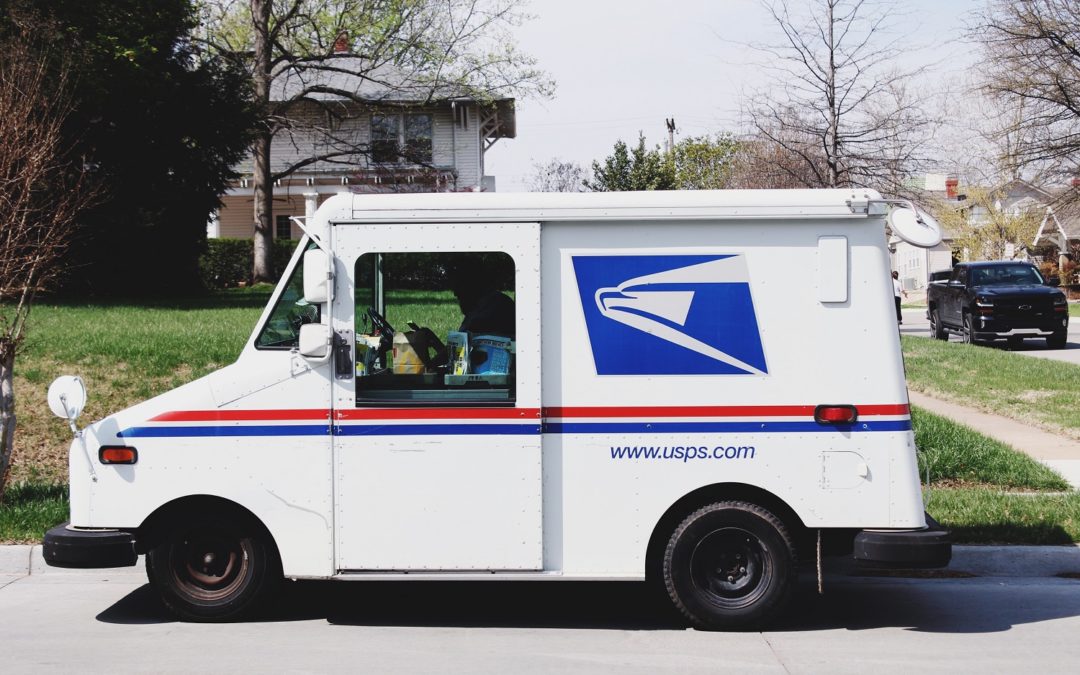On June 21st, Deputy Postmaster General Ronald Stroman came to Philadelphia to address postal customers’ concerns and to deliver the USPS plan for a more competitive future. As the country’s second-highest-ranking postal executive, Stroman plays a lead role in developing lasting relationships with postal consumers and acting as a liaison within the mailing industry.
Where are we?
DPMG Stroman began his presentation in Philadelphia by explaining why a successful postal service is vital to the U.S. economy. The USPS is part of a $1 trillion industry that employs over 8 million people. A 2012 Mail Moment survey showed that mail is still highly valued by consumers: 80% look at their mail daily and regard it as a valuable news source, 75% like to see what is in the mail and 63% of mail is kept at least 2 days.
Here are some other key USPS numbers to keep in mind:
- 160 billion: number of mailpieces processed in 2012
- 40%: amount of the world’s mail volume handled by the USPS in 2012
- 366,000: average number of mailpieces processed each minute
- $65 billion: 2012 USPS revenue
- $1.8 billion: paid every two weeks in salaries and benefits
- 0: tax dollars received for operating the Postal Service
On September 25th, the USPS announced proposed price changes to take effect January 2014. This would mean an increase of first class mail from 46 cents to 49 cents, sending a postcard would increase to 34 cents. These rate hikes are expected to raise $2 billion for the USPS and will have to go through the approval of the Postal Regulatory Commission.
We will continue to closely monitor any movement on the decision of the PRC.
Where are we going?
A quote from the USPS website shows the Postal Service’s frustration with its current situation:
For more than 235 years, the U.S. Postal Service has been delivering the nation’s mail in snow, rain and the dark of night. However, tough economic and market conditions and unrealistic legislative expectations have created challenges that have never before been faced. Misconceptions about the future of the U.S. Postal Service abound—it’s time to set the record straight.
The USPS has employed aggressive cost-reduction strategies since 2006. Its career workforce has declined by 202,000 positions, without layoffs; the USPS has consolidated more than 200 mail processing facilities and cut its annual cost base by about $16 billion.
More than a dozen promotional campaigns have been launched throughout the year to offer incentives to mailers. Stroman identified specific legislative goals that the USPS aims to tackle going forward. It wants the authority to expand its own products and services, and it is looking to streamline the current governance model. The pre-funding issue for retiree health benefits is still a major concern, as is the continued push for a five-day mail (six-day package) schedule.
Stroman ended his presentation on a positive note, saying that the USPS will continue to fight this uphill battle on a long road to recovery and stability. He expressed confidence that his team’s efforts will lead to a brighter future for the USPS and the mailing industry as a whole.
The five-year strategic plan proposed by the USPS can be found
here




